The Bare Life
Philippe Grandrieux
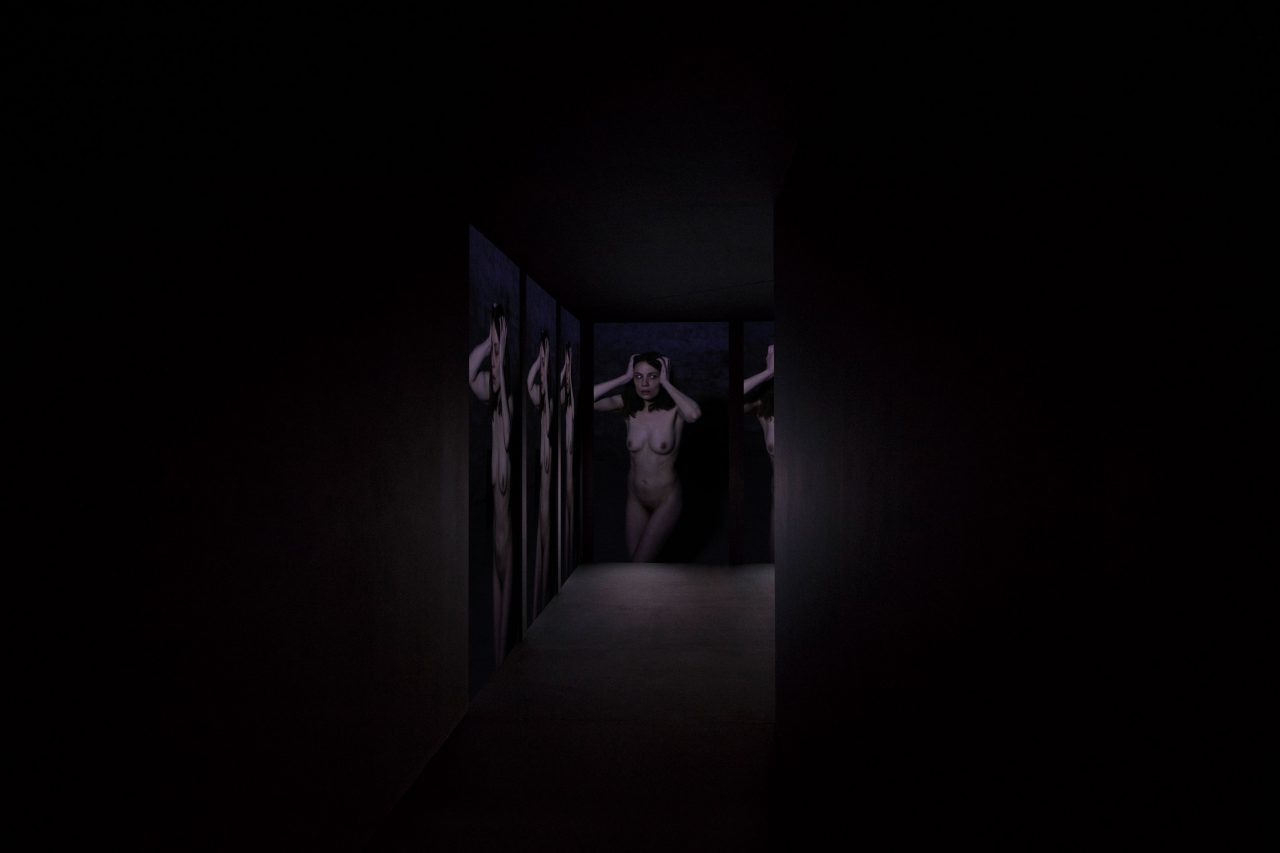
The Scream, 2019
Image courtesy of the artist and Empty Gallery
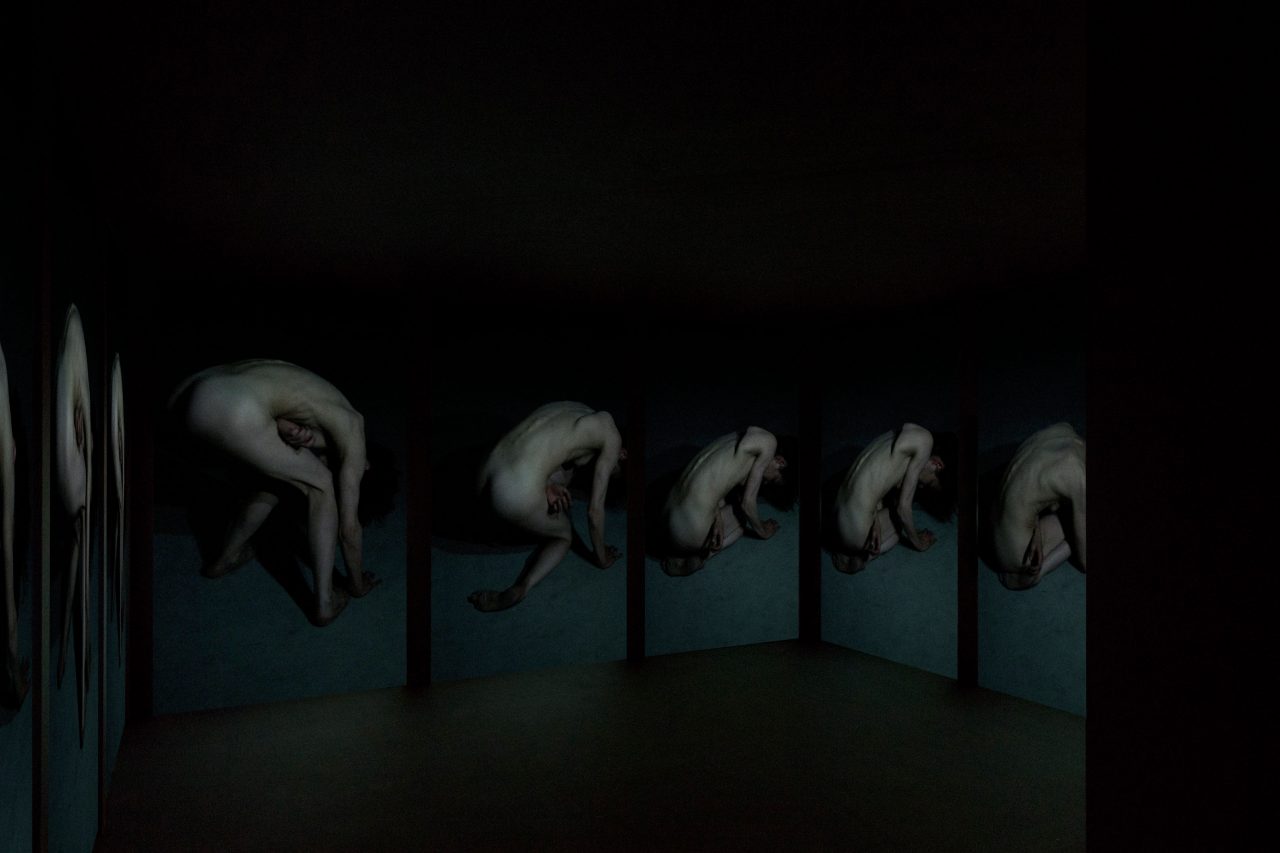
The Scream, 2019
Image courtesy of the artist and Empty Gallery
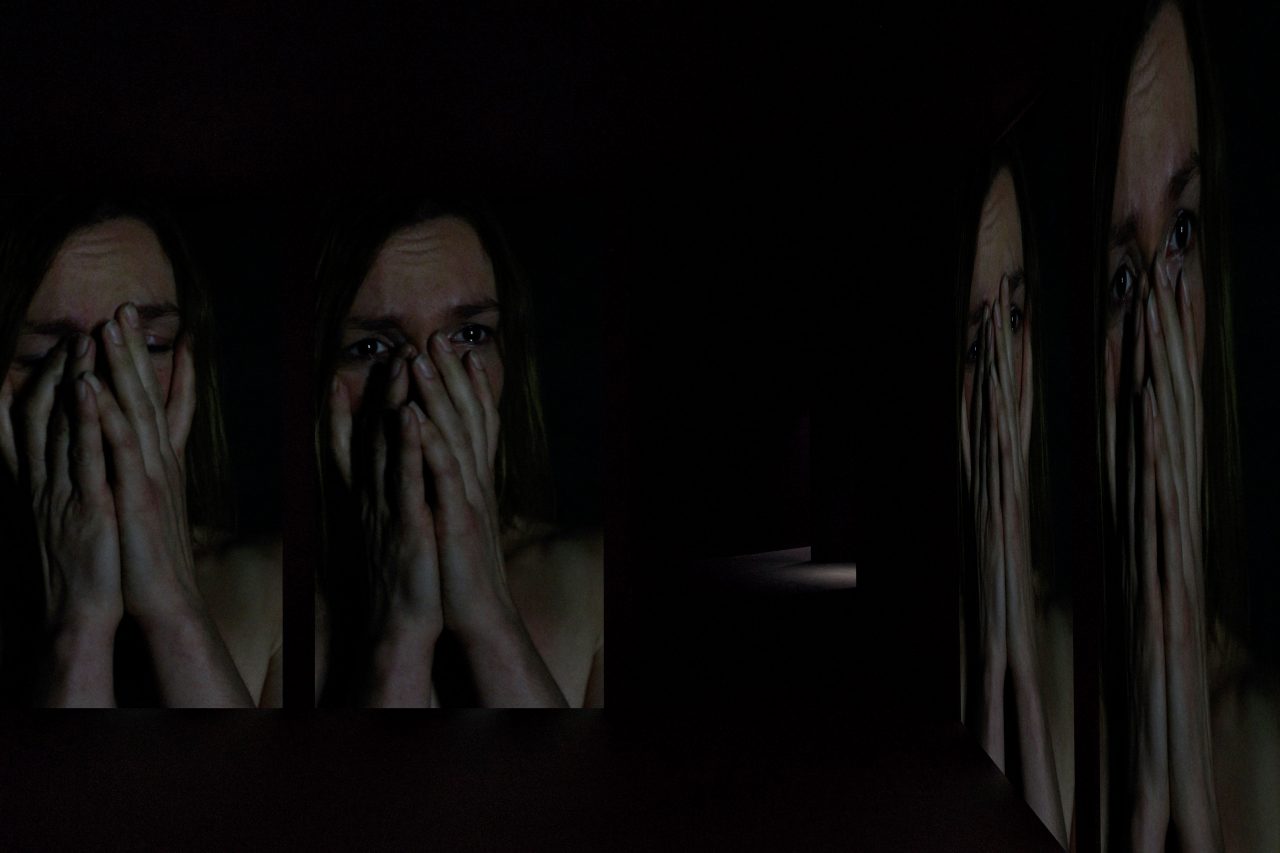
The Scream, 2019
Image courtesy of the artist and Empty Gallery
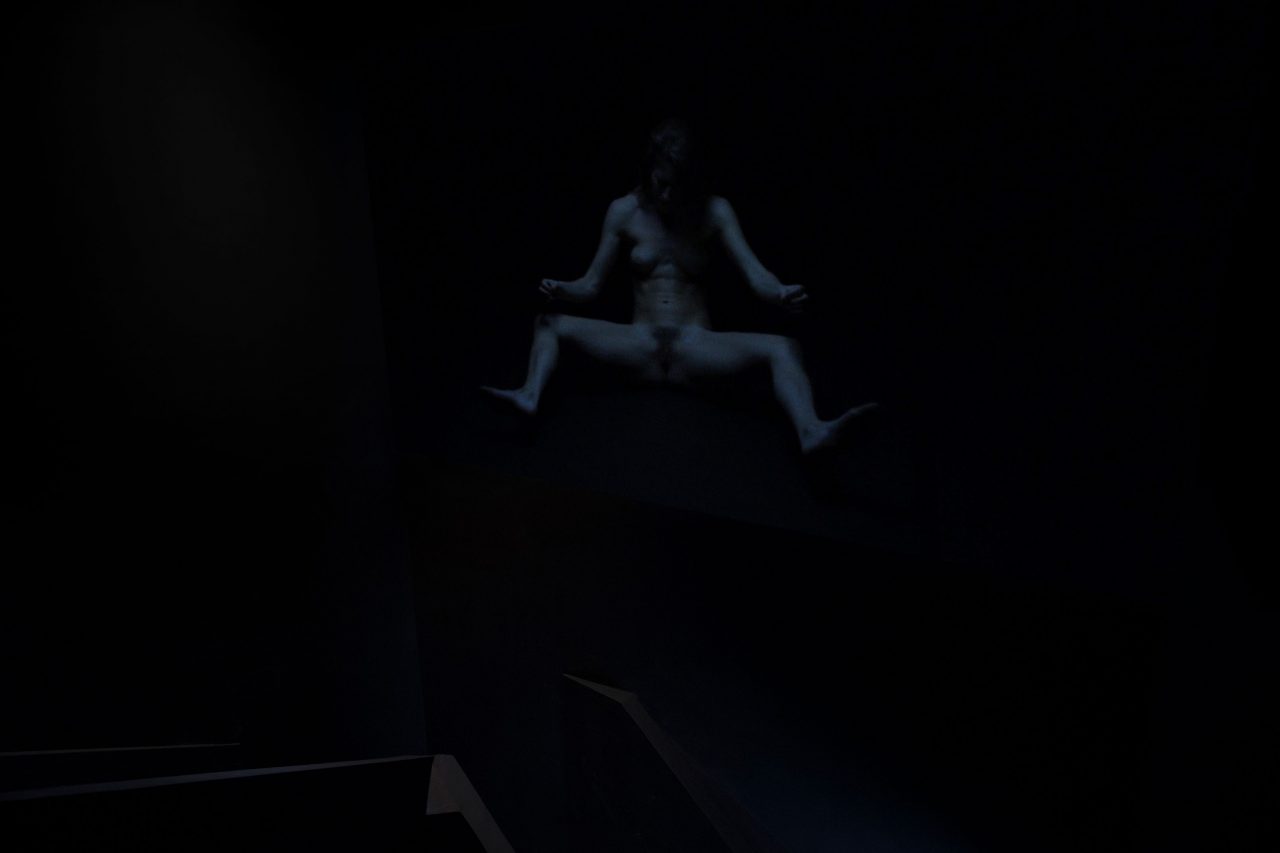
Unrest (Venus 3), 2017
Image courtesy of the artist and Empty Gallery
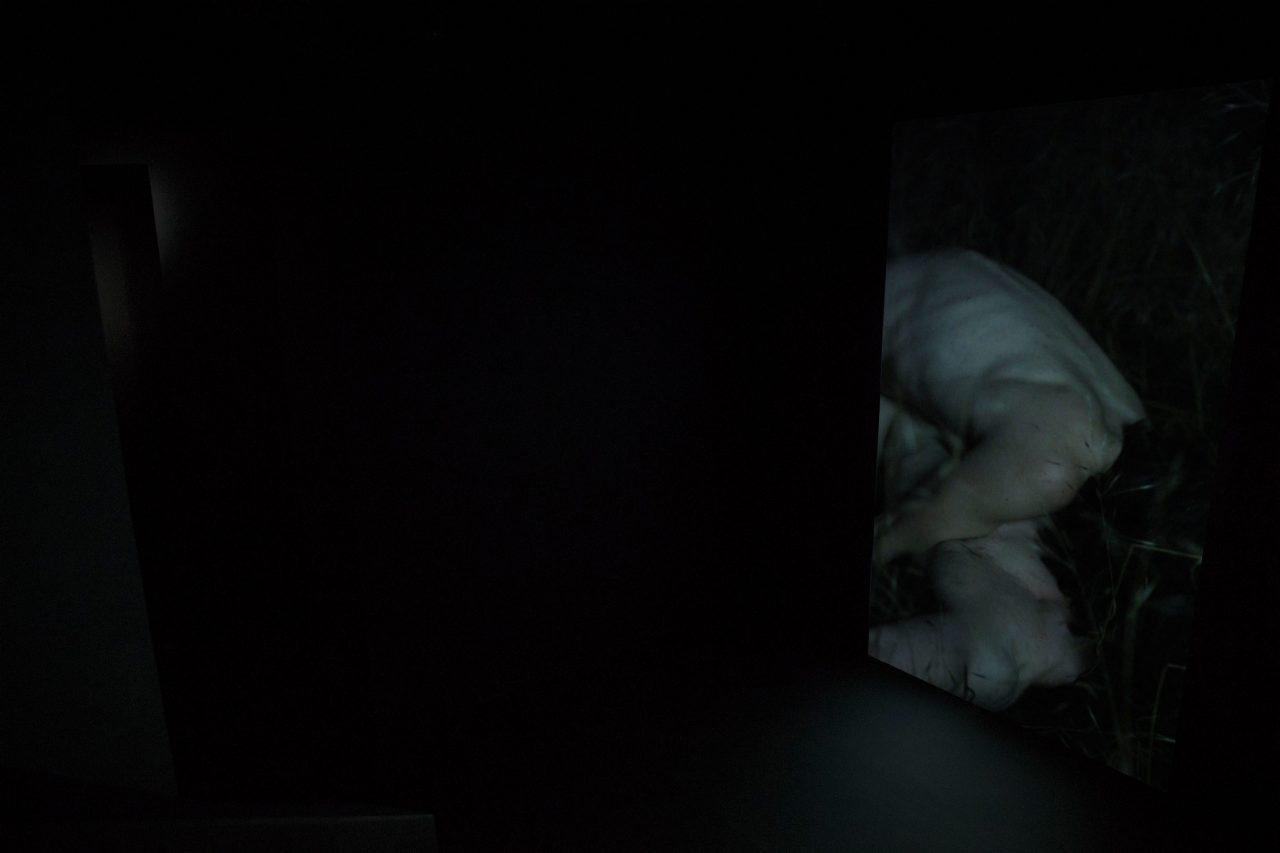
White Epilepsy, 2012
Image courtesy of the artist and Empty Gallery
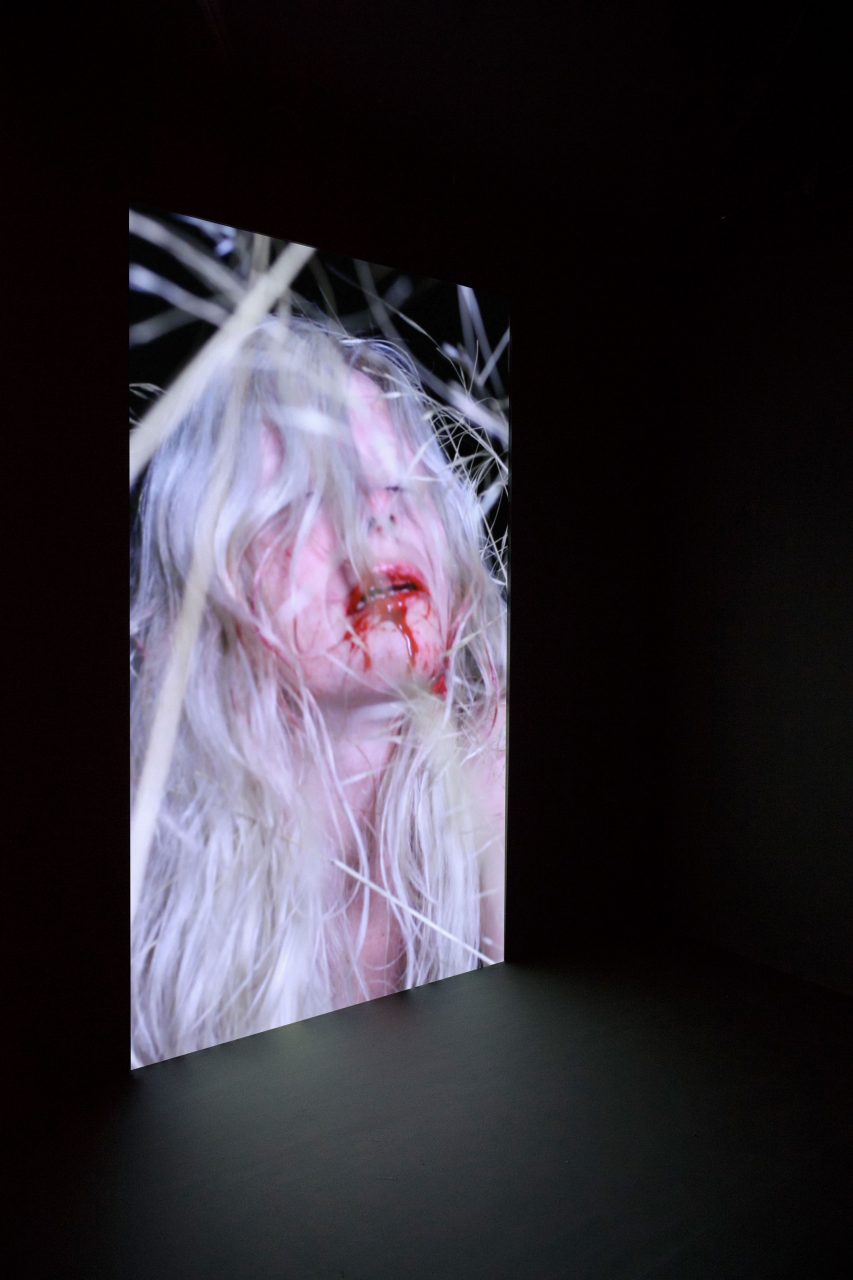
White Epilepsy, 2012
Image courtesy of the artist and Empty Gallery
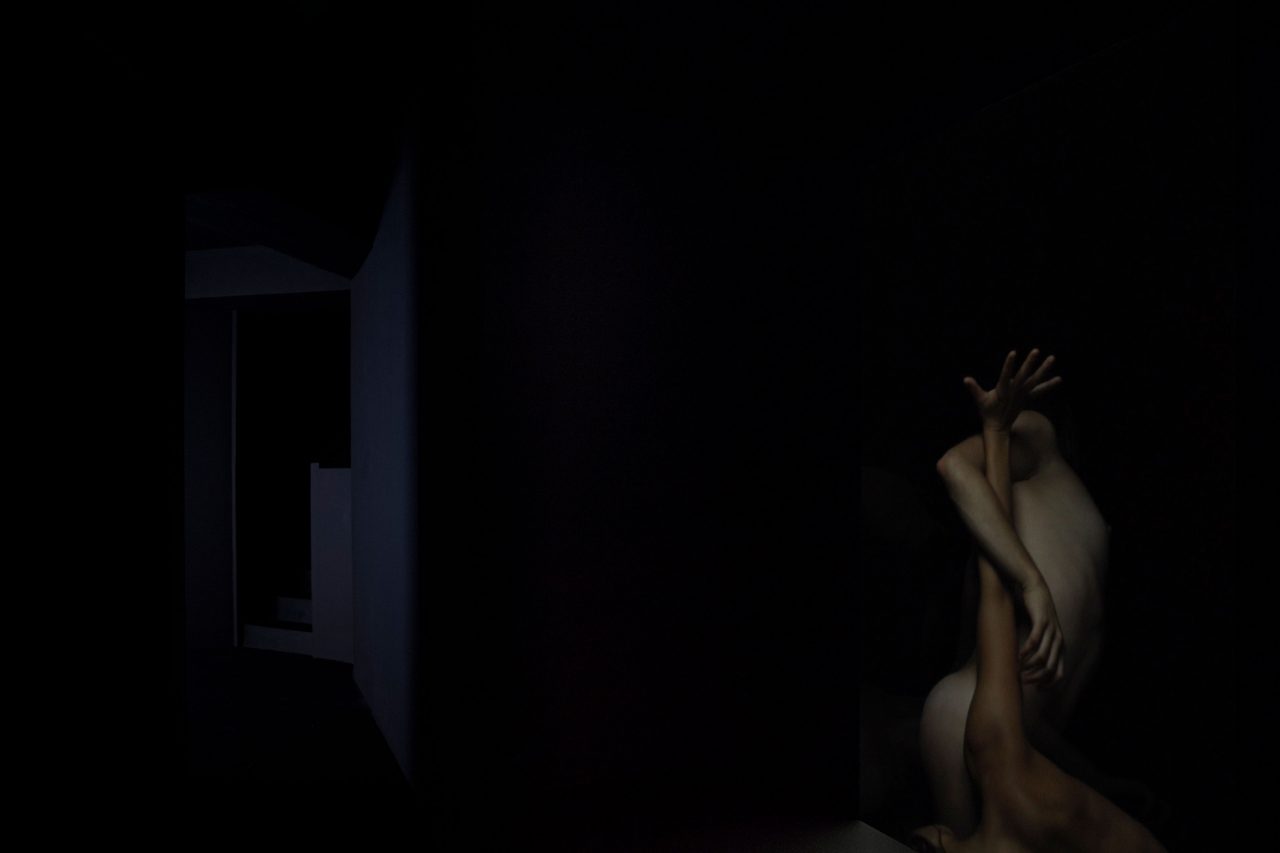
Meurtrière, 2015
Image courtesy of the artist and Empty Gallery
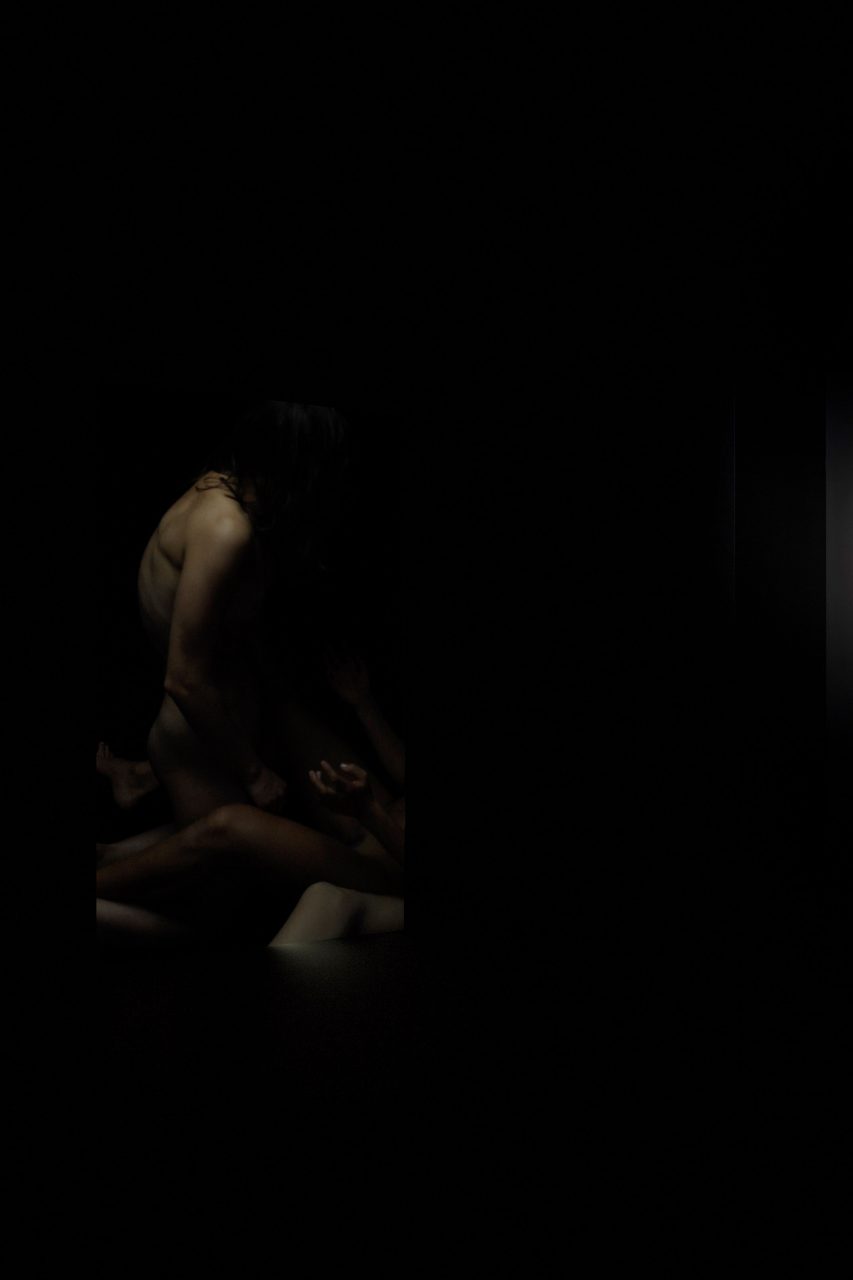
Meurtrière, 2015
Image courtesy of the artist and Empty Gallery
“Grandrieux’s work is an invitation to leave our preconceived ideas, according to which light is good and darkness bad, and to embrace a radicalization of everything we feel, in order to challenge the very roots of our thoughts.”
Donatien Grau
Empty Gallery is pleased to present The Bare Life, Philippe Grandrieux’s first solo exhibition in Asia. Over a career spanning forty-odd years, Grandrieux has consistently exploded the material and formal limitations of the moving image in a radical filmmaking practice which encompasses performance, documentary, video art, and narrative cinema. Drawing inspiration from Italian philosopher and political theorist Giorgio Agamben’s notion of homo sacer or “sacred man”, The Bare Life consists of a monumental multi-channel installation on our upper-floor and a series of three recent single-channel works on our lower floor. Occupying a liminal space between dream and nightmare, these works represent Grandrieux’s most distilled inquiry yet into a set of themes which have consistently haunted his cinematic research: the search for a pre-linguistic form of expression, the simultaneous primacy and unknowability of the human body, and the radically transpersonal nature of affect.
Presented in our upper gallery, The Scream (2019) is a new piece conceived and executed by Grandrieux specifically for Empty Gallery. Grandrieux’s interest in the expressive potential of this specific bodily act has long been a salient feature of his practice, resonating with the concerns of historical artist-thinkers such as Bacon, Artaud, Deleuze, and Grotowski, all of whom noted the scream’s potential to disrupt categorical distinctions between inside/outside, mind/body, and self/other. The performances in The Scream resemble an uncanny mixture of religious ritual, and choreographic workshop. The affective intensity of these performances has only been heightened by Grandrieux’s decision both to completely surround the spectator with images, and to introduce a slight delay between each channel of video, producing an effect not unlike the temporal blurring of which accompanies accumulated sensation. A sequence of eleven staggered projections surround the viewer within a purpose-built chamber, confronting them with a quivering multitude of naked bodies. These performers, guided by Grandrieux, enact a cathartic exercise in which they seem to embody the whole spectrum of human affect. Bodies convulse and flail in an abject choreography which oscillates between moments of surprising tenderness – the nearly automatic self-soothing activity of a body humming, rocking, and whispering to itself – and moments of intense brutality – manifested not only by the titular scream, but also the clawing, twitching, and groveling of a body in distress. Crucially, the viewer is not outside the action unfolding in The Scream, but rather enfolded within it, surrounded by the performers as if by elements of a living body.
The three single-channel works installed on the 18th floor – conceptualized by Grandrieux as a loose trilogy dealing with the theme of anxiety – also explore the enigma of the human body and our relationship to our own materiality. Installed as life-size projections within the architecture of the gallery, each work presents a human figure (or figures) enveloped by cover of darkness, moving according to an obscure logic beyond our comprehension. The vertical frames of White Epilepsy (2012) and Meurtrière – inspired by the archaic meaning of “meurtrière” as a key-hole sized opening in a medieval wall used by archers – function as slits through which we can safely gaze on a series of primordial scenes from the prehistory of humankind. These works can be thought of as extensions of Grandrieux’s feature-length psychodramas, in which his characteristic interest in mythopoetic narratives and contemporary limit situations are distilled into their most austere form – confronting the spectator with the primordial violence and inscrutability of the human body, its drives and struggles, on an intimate scale.
Philippe Grandrieux (b. 1954, Saint-Étienne, France) is an artist working in several areas of kinetic visual arts including: documentary, feature films, performance, writing, and installation. He studied film at INSAS in Belgium before beginning his career with an exhibition of video art at Albert Baronian, Brussels. During the next decades, he directed numerous programs for ARTE and produced Live an experimental series with artists such as Thierry Kuntzel, Robert Franck, Robert Kramer, Gary Hill…
Constantly pushing the boundaries, he started to make feature films. His uncompromised vision leads him to an ever inventive, truly radical cinema: Sombre (1998), Special Jury Prize at the Locarno Film Festival, A New Life (2002), A Lake (2008), Special Jury Prize at the Venice Film Festival in the Orizzonti section and Despite The Night (2016). All these films have been presented also at Toronto, Berlin, Rotterdam, Jeonju, Film Society of Lincoln Center, The French Cinematheque, amongst other.
His installations and performances have been presented at institutions including The Whitney Museum of American Art, Radcliffe Institute – Harvard University and Beaubourg Metz. His works draw inspiration equally from other filmmakers such as Stan Brakhage, Friedrich Wilhelm Murnau, Andreï Tarkovsky as well as the work of thinkers such as Artaud, Deleuze,
Spinoza and Marcus Aurelius.